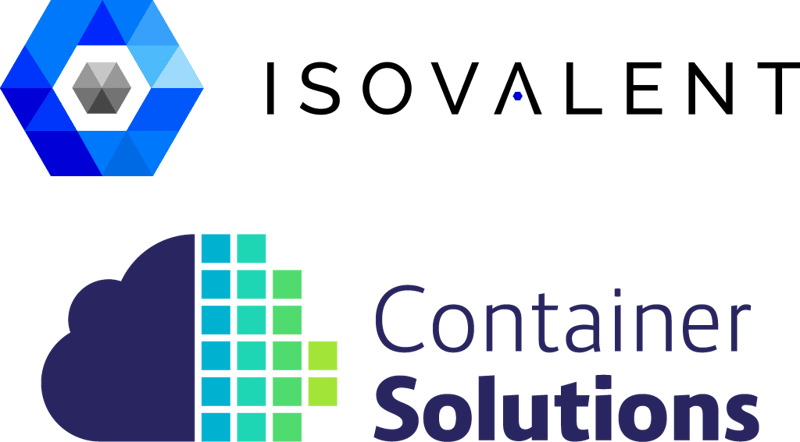Adopting Cloud Native technologies and application architecture has enabled organisations to accelerate their application delivery. However, the proliferation of services creates critical networking, observability, and security challenges for platform teams.
eBPF and Cilium solve these challenges with comprehensive insights, fine-grained control, and simplified operations, including multi-tenant and multi-cluster setups in the cloud, without additional sidecar containers that add complexity and use unnecessary cloud resources.
This Container Solutions Accelerator for eBPF & Cilium reduces time to a production-ready installation built to your specific requirements. The final step includes documentation and a review handover for knowledge transfer and enablement of your team.


